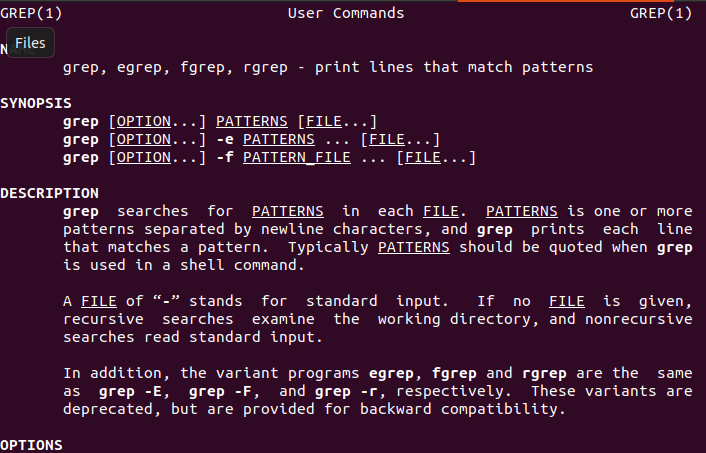
If you have any question or extra ideas you want to add to this topic, use the comment section below.
#Unix find file recursively how to
In this article, we showed you how to find and remove directories recursively on Linux. 3 Ways to Delete All Files in a Directory Except One or Few Files with Extensions.In other words, it will look into sub-directories too. The -r option read/sarch all files under each directory, recursively, following symbolic links only if they are on the command line. How to Find and Remove Duplicate/Unwanted Files in Linux Using ‘FSlint’ Tool The syntax is as follows for the grep command to find all files under Linux or Unix in the current directory: cd /path/to/dir grep -r 'word'.fdupes – A Command Line Tool to Find and Delete Duplicate Files in Linux The size reported by the lstat() system call for a directory varies depending on filesystem type.Last but not least, if you are concerned about the security of your data, then you may want to learn 3 ways of permanently and securely deleting ‘Files and Directories’ in Linux.ĭo not forget to read more useful articles about file and directory management in Linux: $ find /start/search/from/this/dir -name "dirname-to-delete" -type d -exec /bin/rm -rf "


Here, the + sign at the end enables multiple directories to be read simultaneously. To achieve the above purpose, you can employ the find command together with rm command using the syntax below. This short tutorial describes how to find and delete directories recursively in the Linux file system.

Read Also: 10 Useful du (Disk Usage) Commands to Find Disk Usage of Files and Directories If you notice that such directories no longer contain important files and subdirectories (such as old backups, downloads etc.), then you can delete them to free up space on your disk. In one of our previous articles, we explained how to find out top directories and files consuming the most disk space on file system in Linux.


 0 kommentar(er)
0 kommentar(er)
